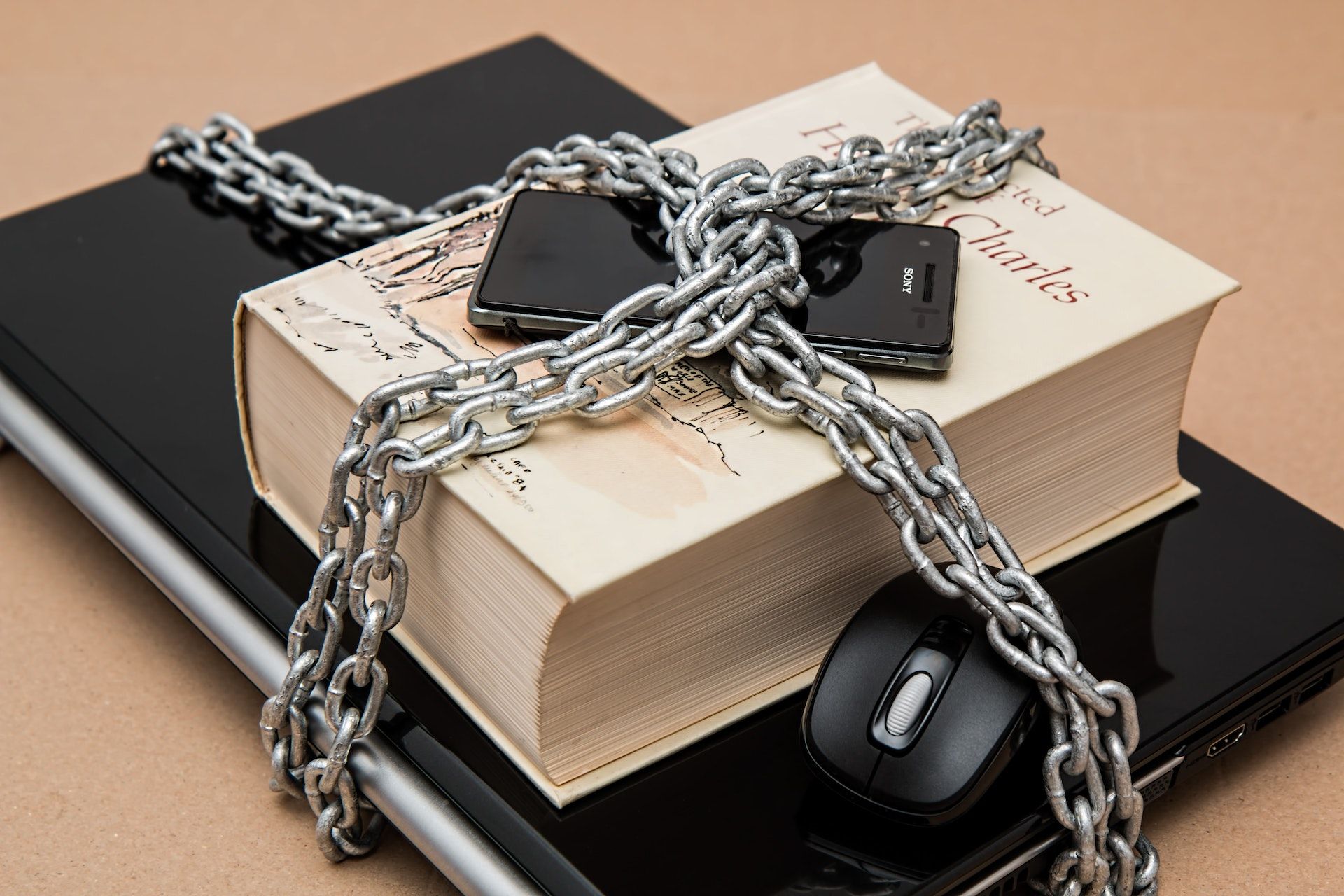Mitos desmascarados: rastreabilidade de eSIMs
Os eSIMs podem ser rastreados?
Resumo
Na era digital de hoje, o conceito de privacidade se tornou cada vez mais importante. À medida que nossas vidas se tornam mais interligadas com a tecnologia, questões sobre a segurança e o anonimato de nossas atividades online se tornaram mais urgentes. Uma dessas preocupações gira em torno da tecnologia eSIM (embedded SIM) e se o uso de eSIMs torna você mais suscetível a ser rastreado.

Compreendendo a tecnologia eSIM
eSIM, ou SIM incorporado, é uma tecnologia relativamente nova que visa substituir os tradicionais cartões SIM físicos em dispositivos móveis. Em vez de inserir um cartão físico no seu telefone, os eSIMs são construídos diretamente no hardware do dispositivo e podem ser programados com as informações necessárias para se conectar a uma rede móvel. Essa tecnologia oferece várias vantagens, incluindo a capacidade de trocar de operadora sem precisar de um novo cartão SIM físico, segurança aprimorada e economia de espaço dentro do dispositivo.
Dissipando os mitos
Se você é novo no mundo dos eSIMs, pode ter algumas preocupações sobre se o uso de eSIMs o tornará mais "rastreável". Vamos dar uma olhada em alguns dos mitos que cercam a rastreabilidade dos eSIMs.
Mito 1: eSIMs são mais rastreáveis do que cartões SIM físicos.
**Realidade:**Estaríamos mentindo se disséssemos que eSIMs não podem ser rastreados; porque eles podem. Mas isso não é diferente do uso de cartões SIM físicos. Enquanto você estiver conectado a uma rede móvel, vocêpodeser rastreado de uma forma ou de outra. eSIMs e cartões SIM físicos compartilham características semelhantes quando se trata de rastreamento. Ambos podem ser rastreados por operadoras de rede móvel para fins legítimos, como fornecer serviços, manter a integridade da rede e cumprir com requisitos legais.
Mito 2: eSIMs são imunes ao rastreamento.
**Realidade:**A verdade é que, enquanto você estiver conectado a uma rede, vocênuncarealmente ser imune ao rastreamento. eSIMs não são imunes ao rastreamento, mas não são inerentemente mais rastreáveis do que cartões SIM físicos. O rastreamento de dispositivos móveis é feito principalmente por meio do número exclusivo de Identidade Internacional de Equipamento Móvel (IMEI) do dispositivo, não do tipo de cartão SIM. eSIMs podem oferecer alguns recursos de segurança adicionais, como gerenciamento remoto, mas não são uma solução mágica contra o rastreamento.
Mito 3: eSIMs podem ser ativados e rastreados remotamente sem consentimento.
**Realidade:**eSIMs, assim como cartões SIM físicos, exigem consentimento e autenticação do usuário para serem ativados e associados a uma rede móvel. Rastreamento ou ativação não autorizados seriam ilegais e uma violação de regulamentações de privacidade na maioria das jurisdições.
Dispositivos móveis e rastreamento
Por si só, os eSIMs não permitem exatamente o rastreamento. Mas, eles ainda estão associados a dispositivos móveis que podem ser rastreados por vários meios:
- Rastreamento IMEI: Conforme mencionado anteriormente, cada dispositivo móvel tem um número IMEI exclusivo que pode ser usado para rastreá-lo. Este método de rastreamento não depende do tipo de cartão SIM usado.
- Serviços de Localização: A maioria dos dispositivos móveis tem serviços de localização que podem ser habilitados ou desabilitados pelo usuário. Esses serviços, quando ativos, podem fornecer sua localização para vários aplicativos e serviços.
- Dados de rede celular: As operadoras de rede móvel podem rastrear a localização do seu dispositivo enquanto ele se conecta à rede delas, independentemente do tipo de cartão SIM.
- Aplicativos e serviços: Muitos aplicativos e serviços solicitam informações de localização para propósitos legítimos, como navegação, clima e mídia social. Os usuários têm controle sobre se concedem permissão para que esses aplicativos acessem sua localização.
Protegendo sua privacidade
Para proteger sua privacidade no ciberespaço — esteja você usando um dispositivo equipado com eSIM ou não — considere as seguintes etapas:
- Revisar permissões do aplicativo: Revise e gerencie regularmente as permissões de aplicativos, especialmente aquelas relacionadas a serviços de localização, para garantir que você conceda acesso somente a aplicativos confiáveis.
- Use uma VPN: Uma Rede Privada Virtual (VPN) pode ajudar a mascarar seu endereço IP e criptografar seu tráfego de internet, aumentando sua privacidade online.
- Desativar serviços de localização: Desative os serviços de localização quando não precisar deles e use-os com cautela.
- **Tome decisões conscientes sobre o que é compartilhado:**Entenda as políticas de privacidade dos aplicativos e serviços que você usa e tome decisões conscientes sobre quais informações pessoais você compartilha on-line - qualquer coisa que seja carregada on-line pode ser rastreada.
- **Limpe o histórico de navegação se você usar computadores compartilhados:**Se você for usar um computador compartilhado ou público, é recomendável usar um modo anônimo para que nenhum histórico de navegação ou cookies sejam armazenados. Se não for possível navegar no modo anônimo, lembre-se de sair de todas as suas contas, limpar o histórico de navegação e excluir os cookies depois de terminar. É recomendável não usar computadores públicos para realizar transações confidenciais.